What is Chinese Black Tea Called?
As someone who has been fascinated by the world of tea for years, I can confidently say that Chinese black tea holds a special place in my heart. Chinese black tea is actually known as red tea (Hong Cha/红茶) in China because of the reddish color of the brew. This rich and robust beverage has a storied history that stretches back centuries, with its origins deeply rooted in the ancient tea traditions of China.
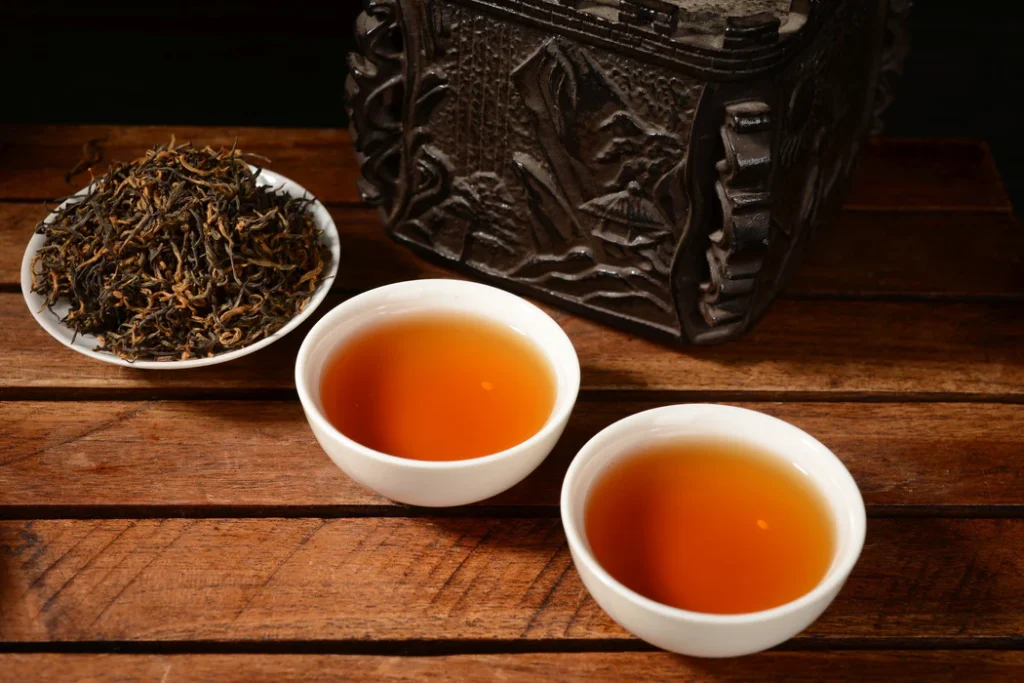
Introduction to Chinese Black Tea
When you first encounter Chinese black tea, you might be struck by its alluring aroma – a captivating blend of earthy, malty, and sometimes subtly smoky notes that tantalize the senses. But it’s not until you take that first sip that the true magic unfolds. A complex tapestry of flavors dances across your palate, revealing layers of depth and character that can range from bold and full-bodied to delicately nuanced, depending on the specific variety.
What sets Chinese black tea apart from its counterparts around the world is its distinct terroir – the unique combination of soil, climate, and traditional processing methods that have been honed over generations. Each region of China has its own treasured black tea varieties, each with its own distinct personality and charm.
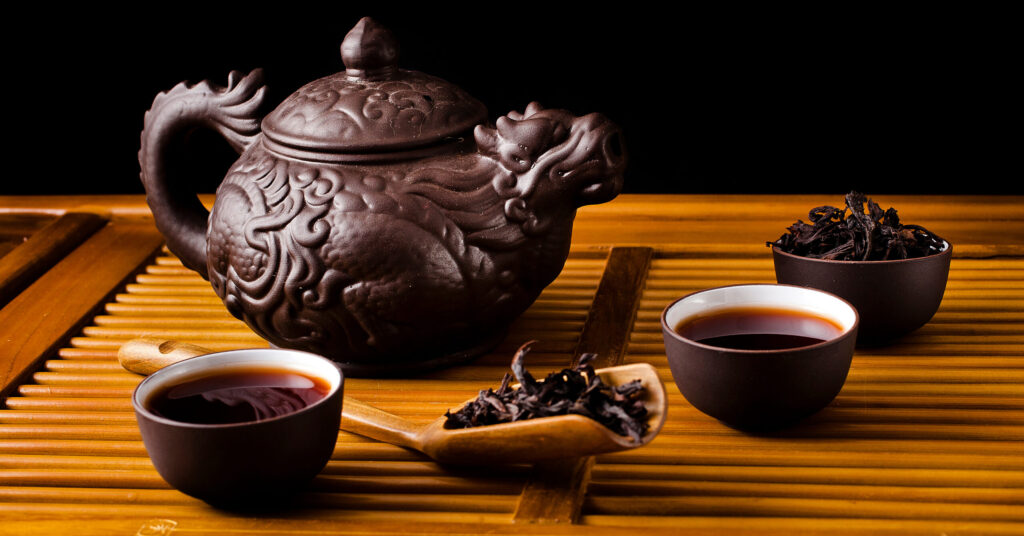
From the legendary Keemun black tea, with its rich, slightly sweet, and slightly spicy character, to the smoky allure of Lapsang Souchong, which is truly in a category of its own, Chinese black teas offer a captivating journey for the senses. And let’s not forget the robust and complex Yunnan black teas, which are renowned for their depth and enduring finish. But beyond the sheer enjoyment of savoring these exquisite teas, there’s a deeper connection to be found – a connection to the rich cultural heritage and ancient wisdom that have shaped the art of Chinese tea cultivation and preparation over millennia.
As you explore the world of Chinese black tea, you’ll not only discover a wealth of flavors and aromas but also a window into the soul of a nation that has long revered this humble yet extraordinary beverage. So, let’s embark on this flavorful journey together, one sip at a time, and unravel the mysteries and delights that Chinese black tea has to offer.
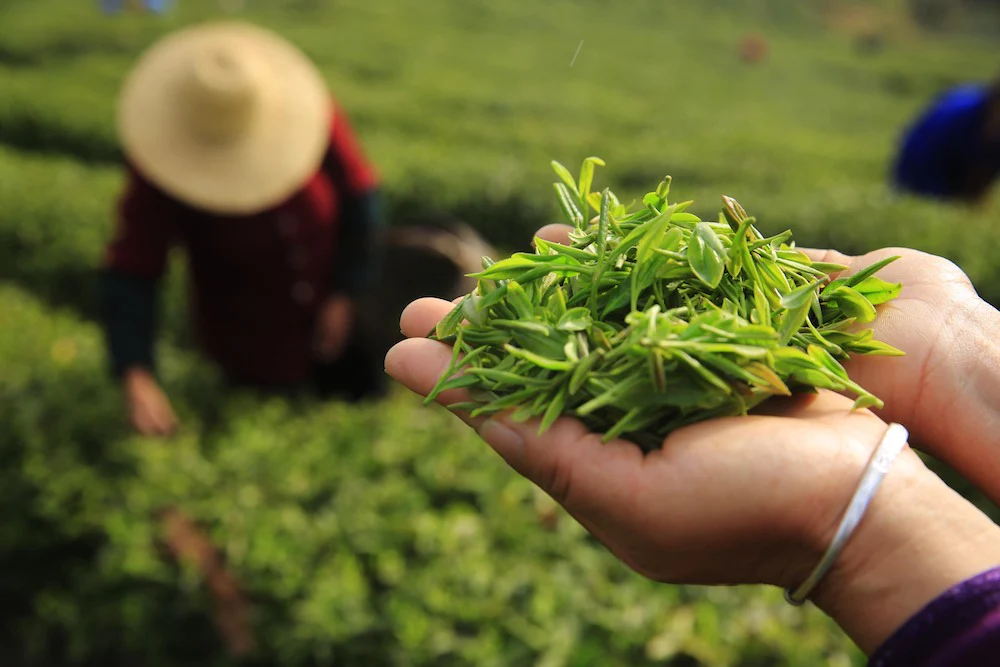
The History of Black Tea in China
1. Origins and Early Production
The origins of black tea in China can be traced back to the 16th century, when tea leaves were first allowed to oxidize fully, resulting in the rich, robust flavor that we now associate with black tea. Legend has it that this accidental discovery occurred when a few baskets of freshly picked leaves were forgotten during a military conflict, and by the time they were rediscovered, the leaves had undergone the oxidation process.
Despite this serendipitous beginning, it would take several more centuries before black tea truly took root in Chinese tea culture. The initial production was centered in the Fujian province, where skilled tea makers carefully refined the processes of withering, rolling, and oxidizing the leaves to achieve the desired depth of flavor and aroma.
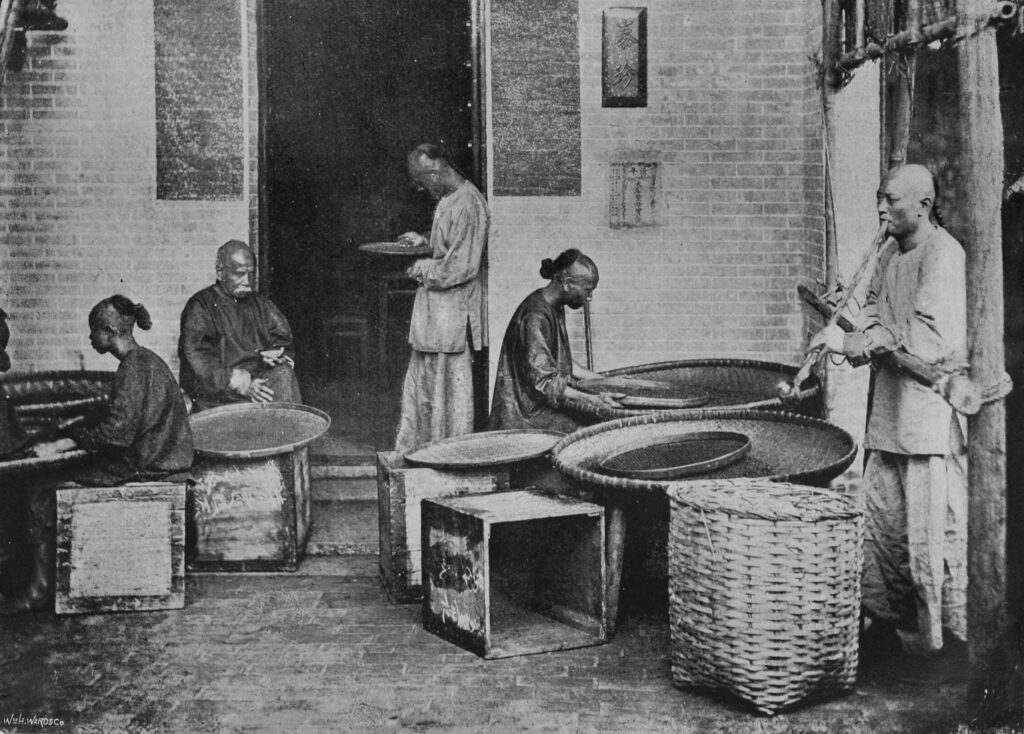
As someone who has witnessed the meticulous care and attention to detail that goes into crafting fine Chinese black teas, I can attest to the artistry and dedication required. Each step, from the careful plucking of the leaves to the precise control of temperature and humidity during oxidation, is carried out with reverence and a deep respect for tradition.
2. Difference from Other Chinese Teas
While China is renowned for its vast array of tea varieties, including green, white, and oolong teas, black tea stands out as a unique and distinct category. Unlike its counterparts, which undergo minimal or no oxidation, black tea is allowed to fully oxidize, resulting in a deeper, richer flavor profile and a characteristic dark hue.
One of the most striking differences between Chinese black tea and other tea types is the robust, full-bodied character that it possesses. The oxidation process not only enhances the tea’s flavor but also unlocks a wealth of complex aromas and nuances that can range from malty and earthy to hints of dried fruit or even a subtle smokiness. As someone who has savored the diverse range of Chinese teas, I can attest to the allure of black tea’s bold and assertive personality. It’s a tea that demands attention and rewards the drinker with a depth of flavor that can be truly captivating.
3. Influence of Western Trade

While black tea’s origins can be traced back to China, it was the demand from Western traders in the 17th and 18th centuries that truly propelled its popularity and production. As the East India Company and other trading outfits sought to satisfy the growing demand for tea in Europe and beyond, Chinese producers began to focus their efforts on cultivating and exporting black teas.
This influx of foreign trade not only fueled the growth of black tea production but also influenced the development of specific varieties and processing methods. Teas like Keemun and Lapsang Souchong, which would later become iconic Chinese black tea varieties, emerged during this period as a response to the preferences and demands of Western consumers.
As someone who has studied the rich tapestry of tea’s history, I am constantly in awe of how this humble beverage has shaped and been shaped by the ebb and flow of global trade and cultural exchange. Chinese black tea stands as a testament to the enduring influence of these cross-cultural connections, offering a flavor that bridges the gap between East and West.
Types of Chinese Black Tea
1. Lapsang Souchong
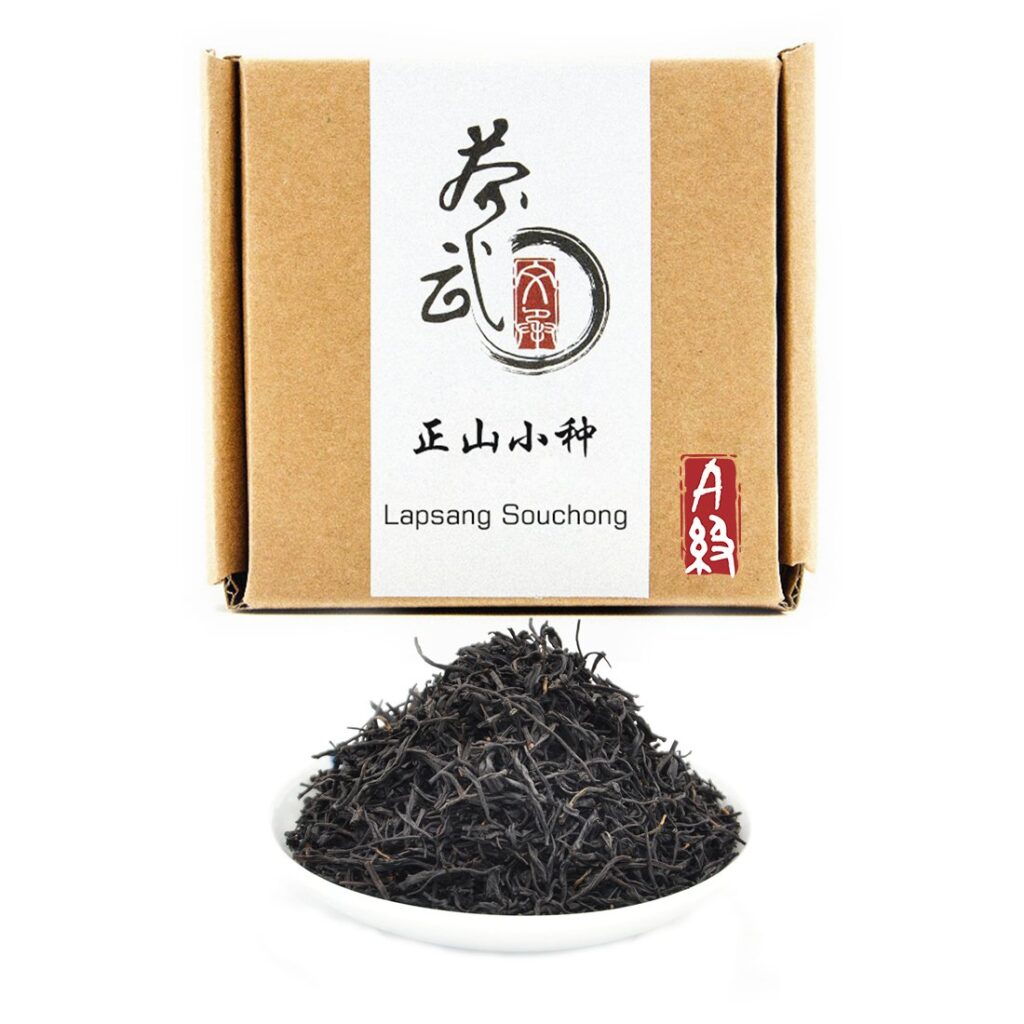
History and Production Process
Among the diverse array of Chinese black teas, Lapsang Souchong stands out as a true icon, with a history and production process that is as captivating as its distinctive flavor. Originating in the Wuyi Mountains of Fujian province, the story of this tea is steeped in legend and tradition.
As the tale goes, during the late Qing Dynasty, a group of tea producers were forced to halt their drying process and seek shelter from a band of marauding soldiers. To avoid spoilage, they ingeniously dried the tea leaves over pine wood fires, imparting a rich, smoky aroma that would become the signature of Lapsang Souchong.
Today, the production of this exceptional tea follows a similar process, with the freshly picked leaves undergoing withering, rolling, and oxidation before being meticulously smoked over pine or cypress wood fires. This time-honored technique not only imbues the tea with its distinctive smoky character but also adds depth and complexity to its flavor profile.
Distinctive Smoky Flavor
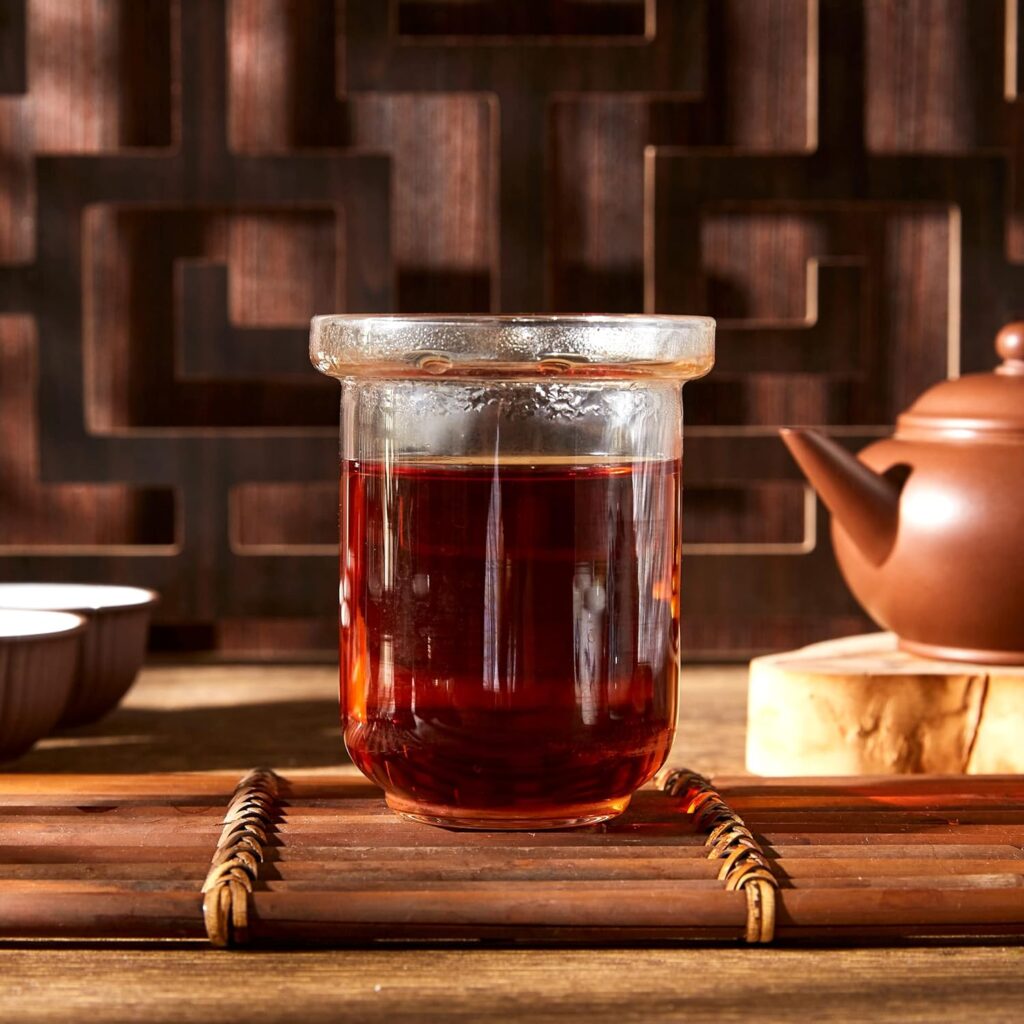
As someone who has had the privilege of savoring Lapsang Souchong on numerous occasions, I can attest to the allure of its unique and captivating flavor. The first thing that strikes you is the unmistakable aroma of campfire smoke, a tantalizing scent that instantly transports you to a woodland retreat. Once brewed, the tea reveals a rich, robust flavor with notes of smoked wood, leather, and a hint of sweet caramel. The smokiness is not overpowering but rather a harmonious complement to the tea’s natural earthy and malty undertones.
What truly sets Lapsang Souchong apart, in my experience, is its ability to evoke a sense of nostalgia and comfort. With each sip, I am reminded of cozy evenings by the fireplace, or the warmth of a crackling campfire under a canopy of stars. It’s a tea that transcends mere flavor and becomes an experience, a journey for the senses.
2. Keemun (Qimen) Black Tea
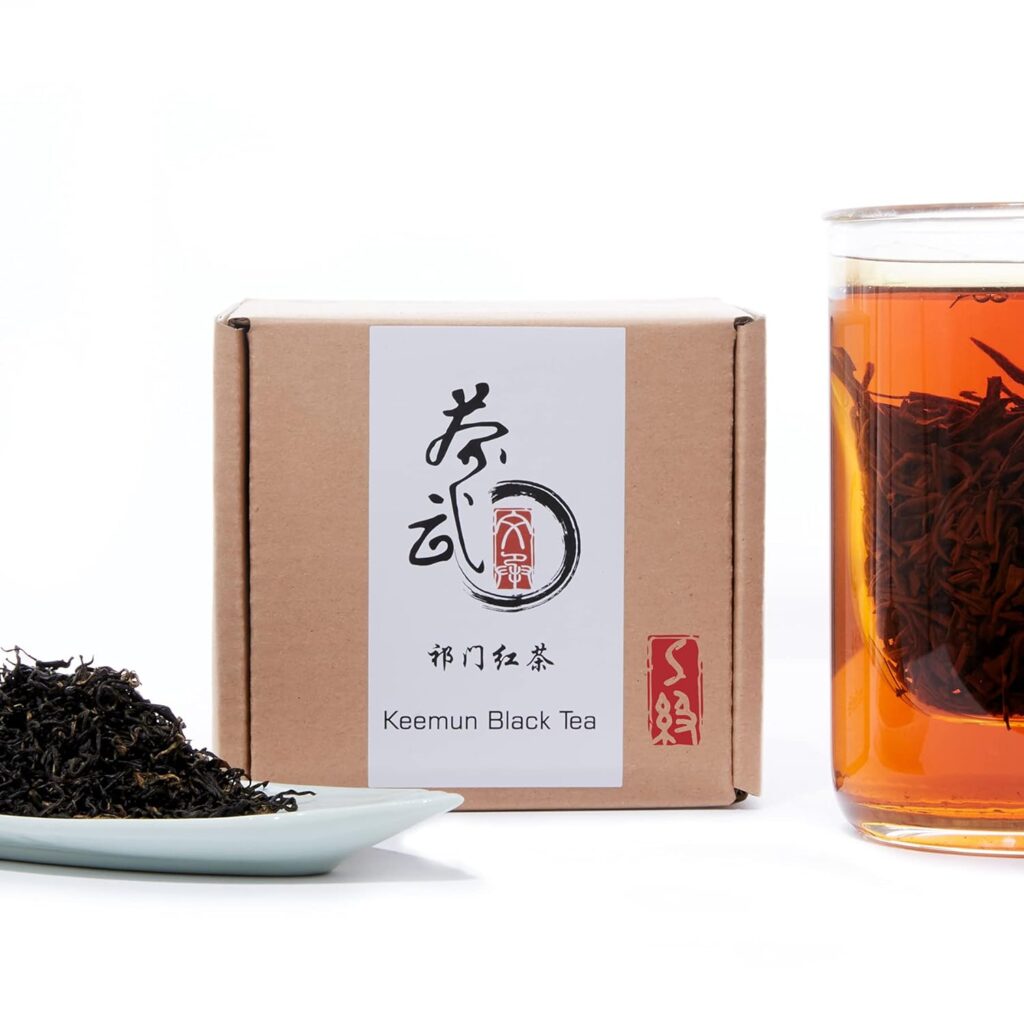
History and Production Region
Hailing from the revered Qimen County in Anhui province, Keemun black tea is often hailed as the embodiment of Chinese black tea excellence. Its history can be traced back to the late 19th century, when local tea producers began experimenting with new techniques to meet the growing demand for black tea from Western markets.
Today, Keemun black tea is still produced exclusively in the Qimen region, where the unique combination of climate, soil, and traditional processing methods have been carefully preserved and passed down through generations. The tea’s name, “Keemun,” is derived from the romanization of the local dialect, further emphasizing its strong ties to its place of origin.
Flavor Profile and Characteristics
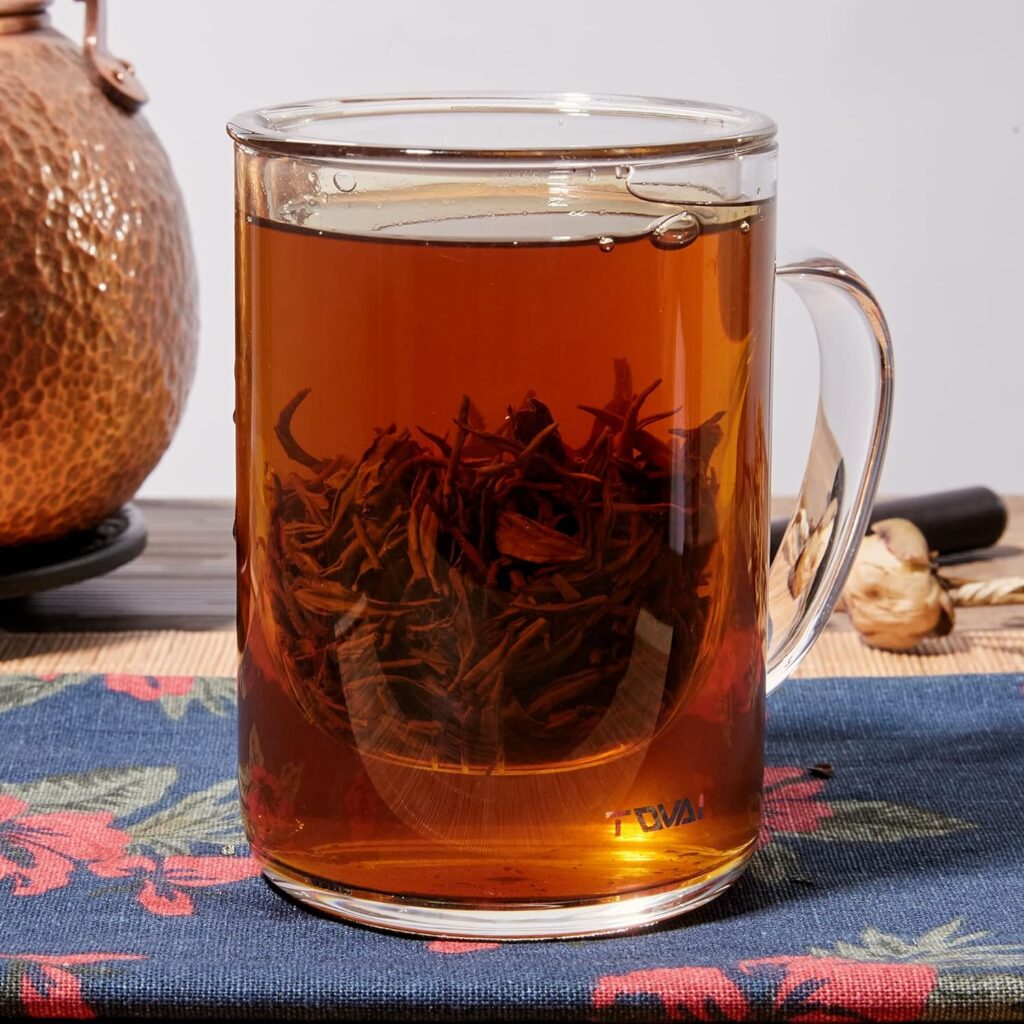
As someone who has had the pleasure of sampling various Keemun black teas, I can attest to the remarkable depth and complexity of their flavor profiles. These teas are often characterized by a rich, slightly sweet aroma with hints of dried fruit, chocolate, and a subtle floral note. Upon brewing, Keemun black tea unveils a full-bodied and robust flavor, with a smooth and velvety mouthfeel. Notes of dark chocolate, honey, and a hint of spice dance across the palate, creating a harmonious and satisfying experience with each sip.
What truly sets Keemun black teas apart, in my opinion, is their ability to strike a perfect balance between boldness and refinement. They possess a assertive character that commands attention, yet their flavors are never overpowering or harsh, instead unfolding in layers of nuanced complexity.
3. Yunnan Black Tea
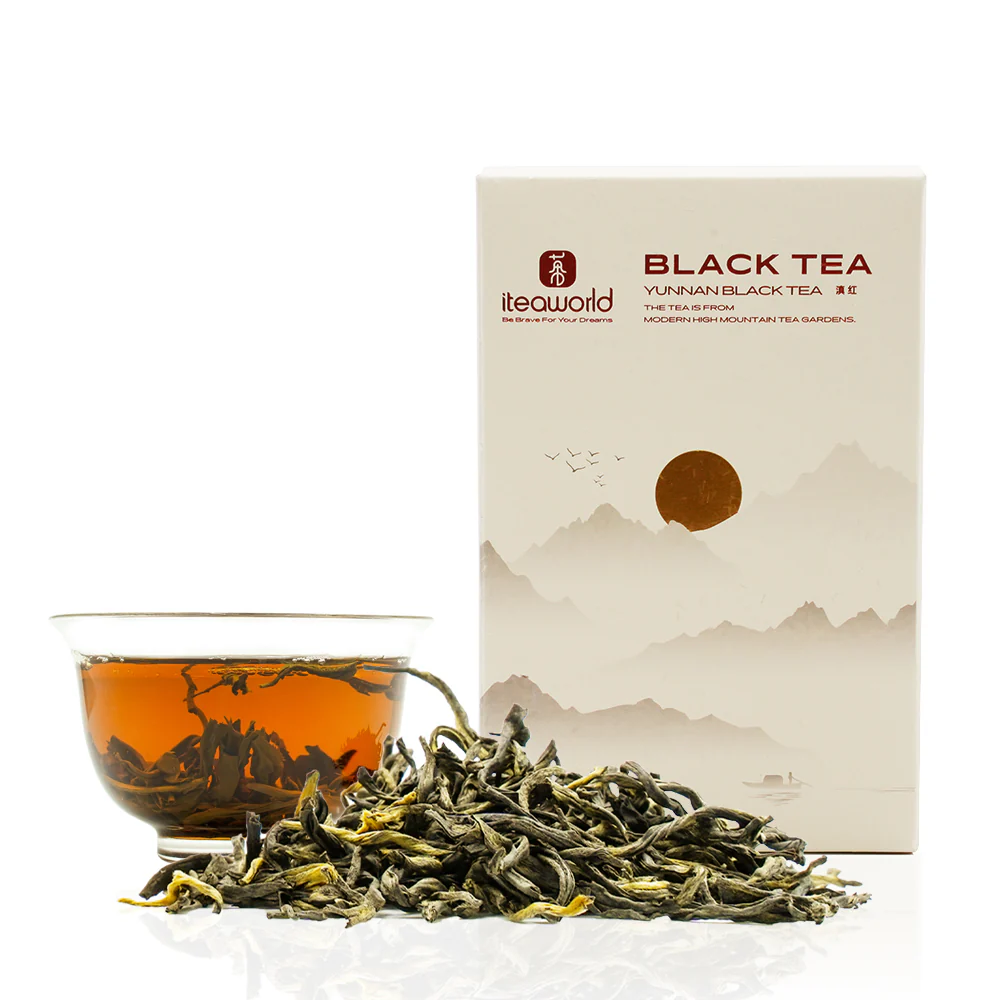
Varieties and Production Regions
The vast and diverse province of Yunnan, nestled in southwestern China, is renowned for producing some of the country’s most exceptional black teas. With its unique terroir and long-standing tea traditions, Yunnan is home to a myriad of black tea varieties, each with its own distinct character and charm.
From the renowned Dianhong black teas, which are prized for their rich, malty flavors and golden-tipped leaves, to the robust and full-bodied Pu’er black teas, the region offers a true bounty for tea enthusiasts. Other notable varieties include the Lincang and Baoshan black teas, each with their own unique flavor profiles and production methods.
Flavor Profiles and Characteristics
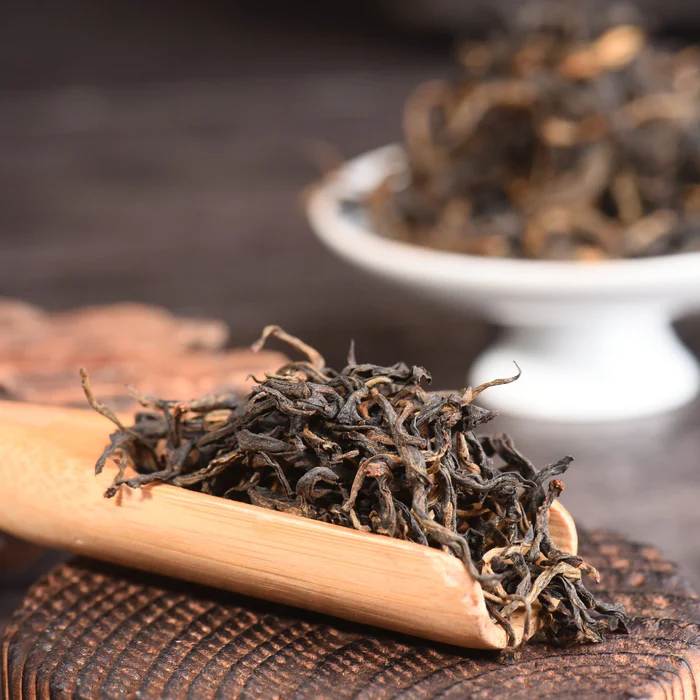
As someone who has explored the diverse world of Yunnan black teas, I can attest to the sheer depth and complexity that these teas offer. Some varieties, like the Dianhong, present a harmonious blend of malty sweetness and subtle fruity notes, with a velvety smooth finish that lingers on the palate.
Others, such as the Pu’er black teas, offer a bold and robust character, with rich notes of dark chocolate, earth, and a hint of spice. These teas are often described as having a “thick” or “chewy” mouthfeel, providing a truly indulgent and satisfying experience with each sip.
What truly captivates me about Yunnan black teas is their ability to transport the drinker to the lush, verdant landscapes of their place of origin. Each sip evokes a sense of connection to the ancient tea traditions and the skilled artisans who have mastered the art of crafting these exquisite teas.
4. Other Notable Chinese Black Teas
Dianhong Black Tea
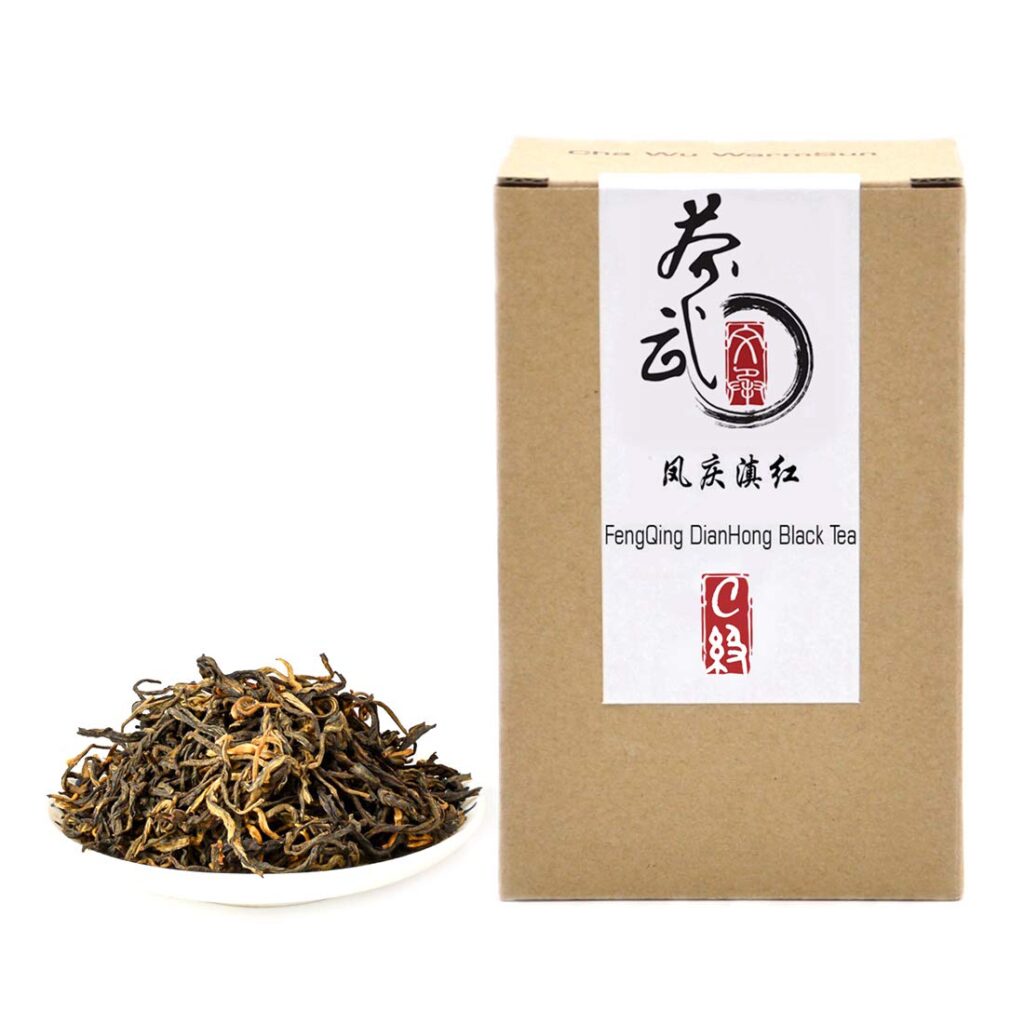
Hailing from the renowned tea-producing region of Yunnan, Dianhong black tea is a true gem that deserves recognition. This exceptional tea is renowned for its gorgeous golden-tipped leaves, which lend a visual allure to complement its rich and malty flavor profile. As someone who appreciates the finer nuances of tea, I am consistently drawn to the depth and complexity that Dianhong black teas offer. With each sip, I am greeted by a harmonious blend of malty sweetness, subtle fruity notes, and a velvety smooth finish that lingers delightfully on the palate.
Tan Yang Gong Fu Black Tea
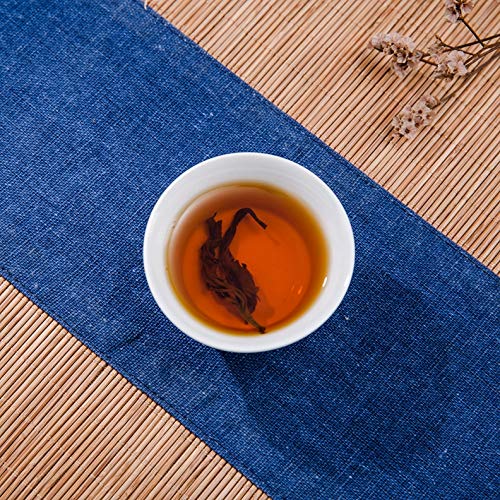
For those seeking a truly unique and captivating tea experience, the Tan Yang Gong Fu black tea from Fujian province is a must-try. This tea is renowned for its distinctive processing method, which involves a labor-intensive process of repeated rolling and oxidation, resulting in tightly twisted leaves with a remarkable depth of flavor.
As someone who values the artistry and craftsmanship behind fine teas, I am in awe of the skill and dedication required to produce Tan Yang Gong Fu black tea. Each sip unveils a complex tapestry of flavors, from rich notes of dark chocolate and caramel to subtle hints of fruit and spice. What truly sets this tea apart, in my opinion, is its ability to evolve and reveal new layers of flavor with each subsequent infusion. It’s a tea that demands patience and attention, rewarding the drinker with a truly remarkable and ever-changing experience.
How is Chinese Black Tea Made?
As someone who has had the pleasure of witnessing firsthand the process of making Chinese black tea, I can attest to the intricate series of steps that transform freshly picked tea leaves into the rich, robust elixir we know and love.
1. Withering and Rolling
The journey begins with the withering process, where the freshly plucked leaves are carefully spread out and exposed to air, allowing them to slowly lose moisture and become pliable. This initial step is crucial, as it sets the stage for the subsequent oxidation process and helps to concentrate the tea’s flavors and aromas.
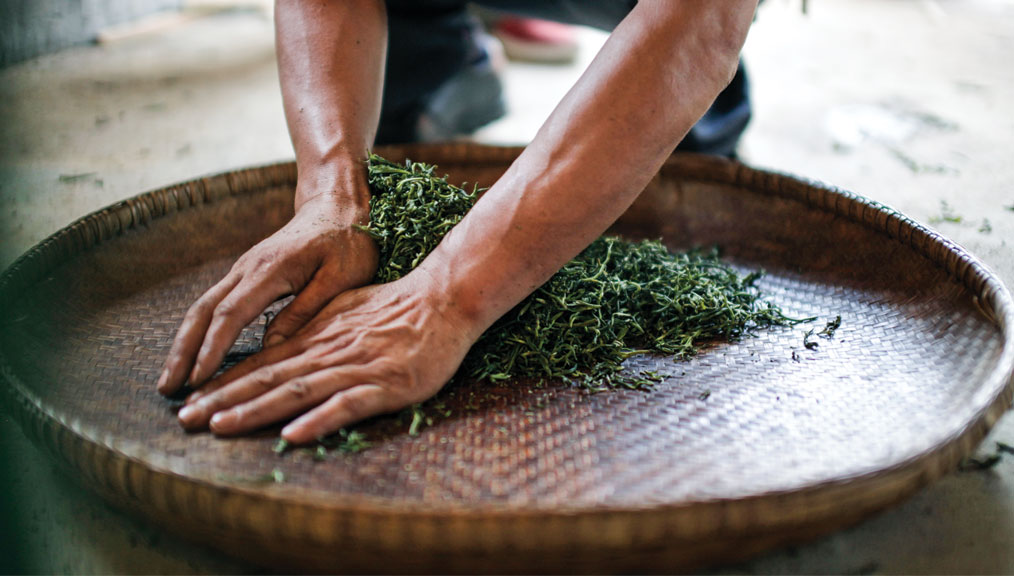
Once the leaves have reached the desired level of withering, they undergo the rolling process, which is often performed by skilled artisans using traditional bamboo or wooden trays. The rolling action gently breaks down the leaf structure, exposing the inner cells and facilitating the release of enzymes that will drive the oxidation process. As I’ve witnessed firsthand, the rolling process is a true art form, with each tea maker employing their own unique techniques and rhythms, honed through years of experience and passed down through generations.
2. Oxidation (Fermentation)
Ah, the heart of the Chinese black tea making process is oxidation, or as it’s often referred to, “fermentation.” This crucial step is where the real magic happens, as the rolled leaves are carefully exposed to air, allowing the enzymes to interact with the leaf’s natural compounds and transform them into the rich, complex flavors and aromas we associate with black tea.
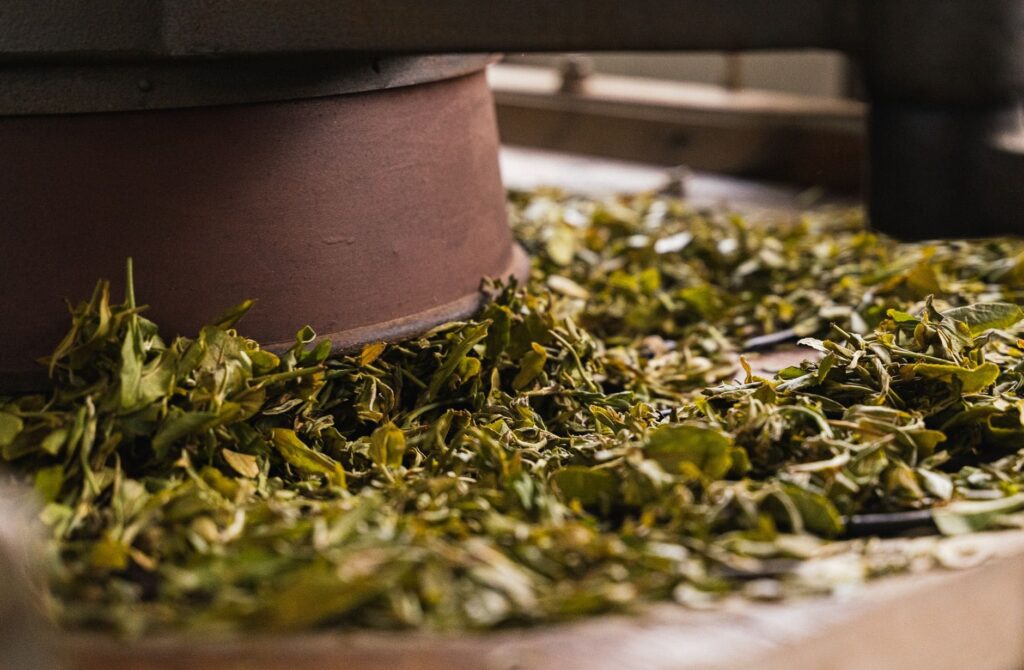
As someone who has observed this process up close, I can attest to the delicate balance required. Too little oxidation, and the tea may lack depth; too much, and the flavors can become overpowering or muddled. It’s a dance of precision and timing, with tea makers carefully monitoring the temperature, humidity, and duration of the oxidation process to achieve the desired results.
3. Drying and Sorting
Once the oxidation process has reached its optimal point, the next step is drying. Here, the oxidized leaves are carefully heated, either through traditional wood-fired ovens or modern drying machines, to halt the oxidation process and remove any remaining moisture.
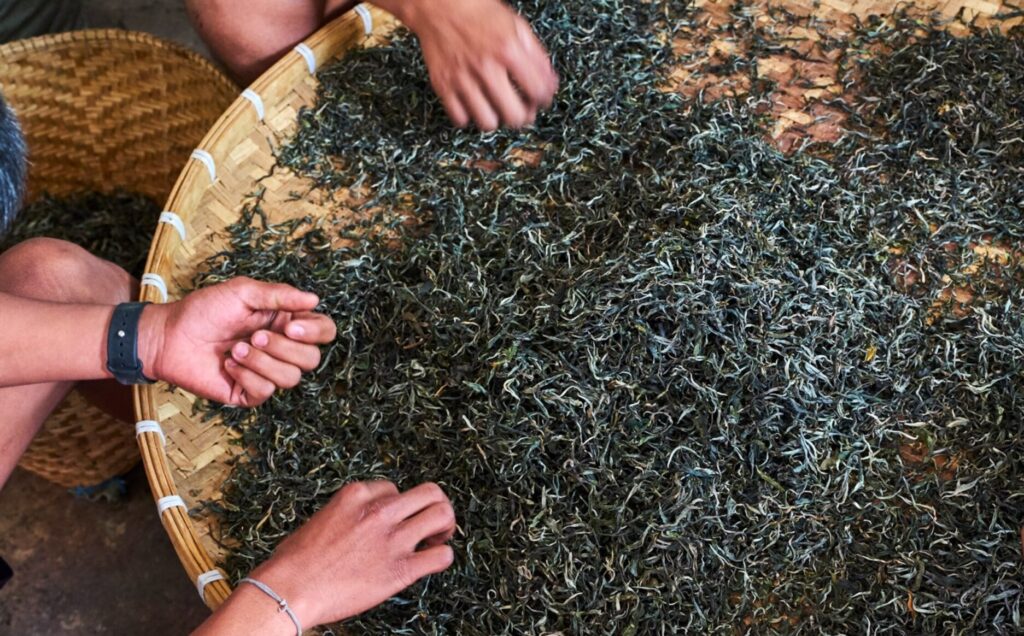
As the tea leaves dry, their aromas intensify, filling the air with a tantalizing blend of earthy, malty, and sometimes subtly smoky notes. It’s a scent that never fails to transport me back to the tea gardens and factories where I’ve witnessed this process unfold.
After drying, the leaves undergo a meticulous sorting process, where they are graded and separated based on size, shape, and quality. This step ensures that only the finest leaves make it into the final product, ensuring a consistent and exceptional cup of tea for consumers.
4. Variations in Processing Methods
While the basic steps of withering, rolling, oxidation, and drying are consistent across Chinese black tea production, there are countless variations and nuances that contribute to the unique character of each tea variety.
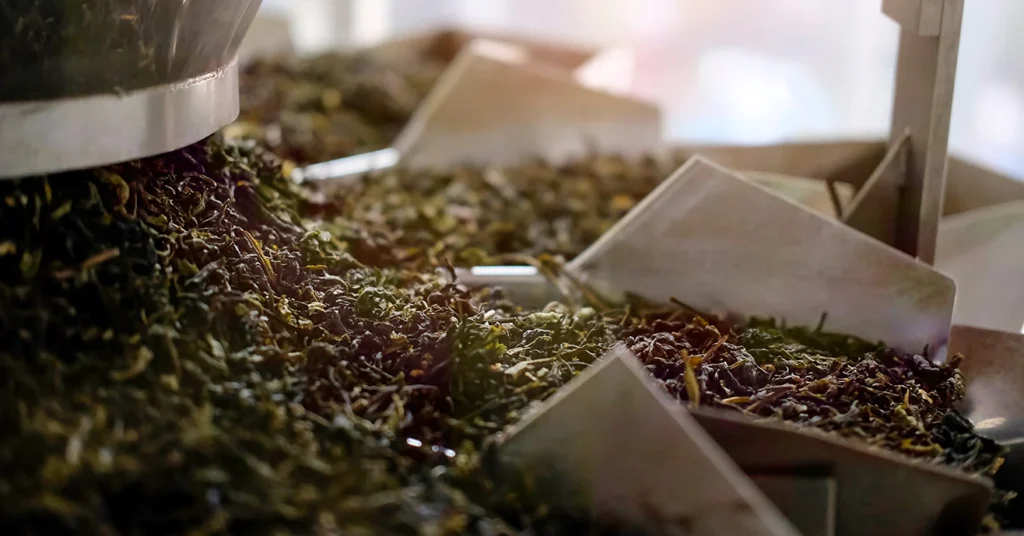
Some teas, like the legendary Lapsang Souchong, undergo an additional smoking process over pine or cypress wood fires, imparting a rich, smoky aroma that is truly one-of-a-kind. Others, such as the Tan Yang Gong Fu black tea, involve a labor-intensive process of repeated rolling and oxidation, resulting in tightly twisted leaves with remarkable depth and complexity.
As someone who has delved deep into the world of Chinese black tea, I am constantly in awe of the sheer diversity and craftsmanship on display. Each tea is a reflection of its terroir, its history, and the skilled artisans who have dedicated their lives to mastering the art of its production. Whether you’re a seasoned tea connoisseur or a curious newcomer, the journey of discovering the intricacies of Chinese black tea processing is a truly rewarding and enlightening experience.
How to Brew and Serve Chinese Black Tea?
As someone who has dedicated many hours to learning the art of brewing Chinese black teas, I can attest that the process is not just a matter of following instructions. It’s a ritual, a dance between the tea leaves and the water, where every nuance and detail can profoundly impact the final result.
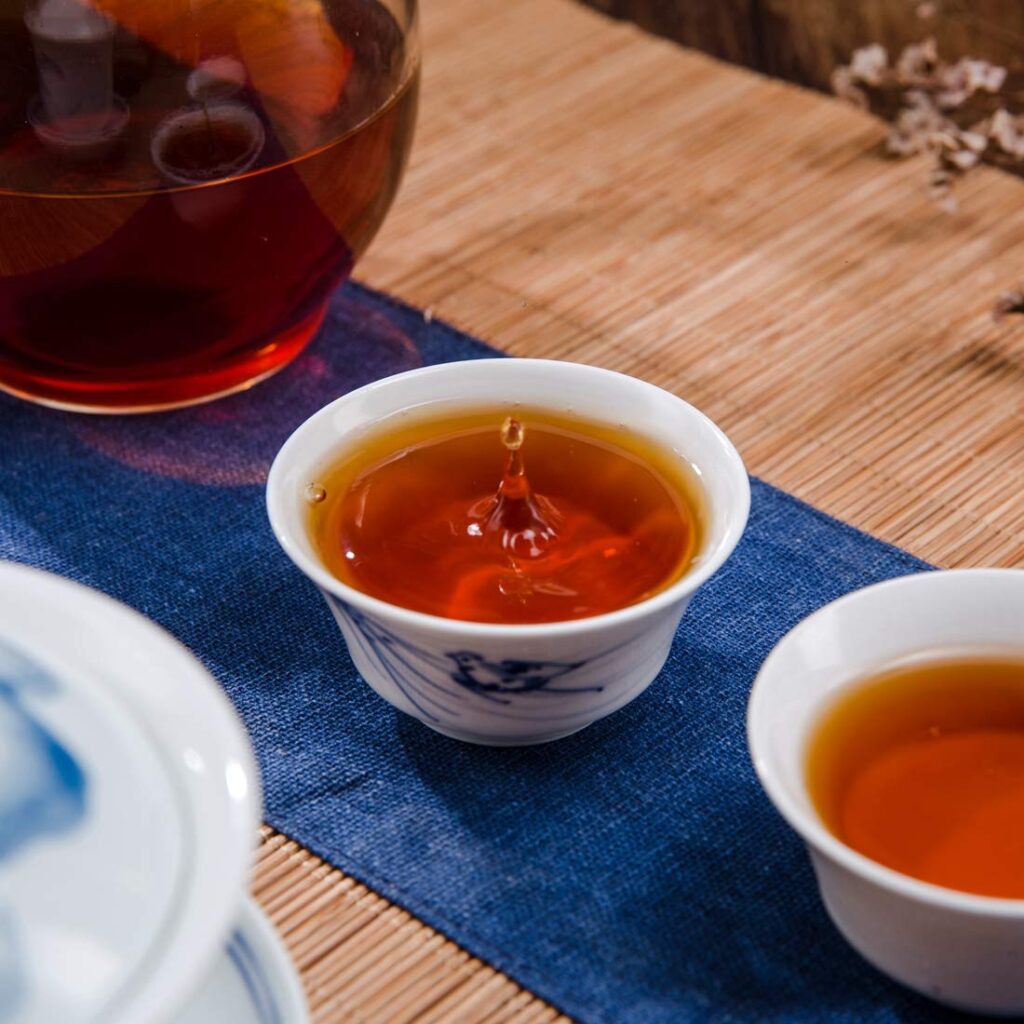
1. Water Temperature and Steeping Time
One of the most crucial aspects of brewing Chinese black tea is the water temperature and steeping time. These teas thrive when steeped in water that is just shy of boiling, typically between 195°F and 205°F (90°C and 96°C). This optimal temperature range allows the tea leaves to unfurl and release their full flavor potential without becoming bitter or astringent.
As for steeping time, Chinese black teas generally require a longer infusion period compared to their green or white counterparts. A good starting point is 3 to 5 minutes, but I always encourage tea enthusiasts to experiment and find their personal sweet spot. After all, the beauty of tea lies in its ability to reveal new nuances and depths with each brewing session.
2. Leaf-to-Water Ratio
Like a delicate dance, the ratio of tea leaves to water plays a vital role in achieving the perfect cup of Chinese black tea. Too few leaves, and the resulting brew may lack depth and complexity; too many leaves, and the tea can become overpowering and astringent.
As a general guideline, I recommend using around 1 teaspoon of loose-leaf tea per 6-8 ounces of water. However, this ratio is merely a starting point, and I encourage tea lovers to adjust according to their personal preferences and the specific tea being brewed.
3. Gongfu Brewing Method
For those seeking a truly immersive and ritualistic tea experience, the Gongfu brewing method is a must-try when it comes to preparing Chinese black teas. This traditional technique, which originated in the Fujian province, involves the use of small clay teapots and the careful orchestration of multiple short infusions.
As someone who has practiced Gongfu brewing extensively, I can attest to the profound connection it fosters between the tea, the brewer, and the drinker. Each infusion unveils a new layer of complexity, allowing the tea to gradually unfurl and reveal its true essence over the course of the session.
4. Pairing with Food and Occasions
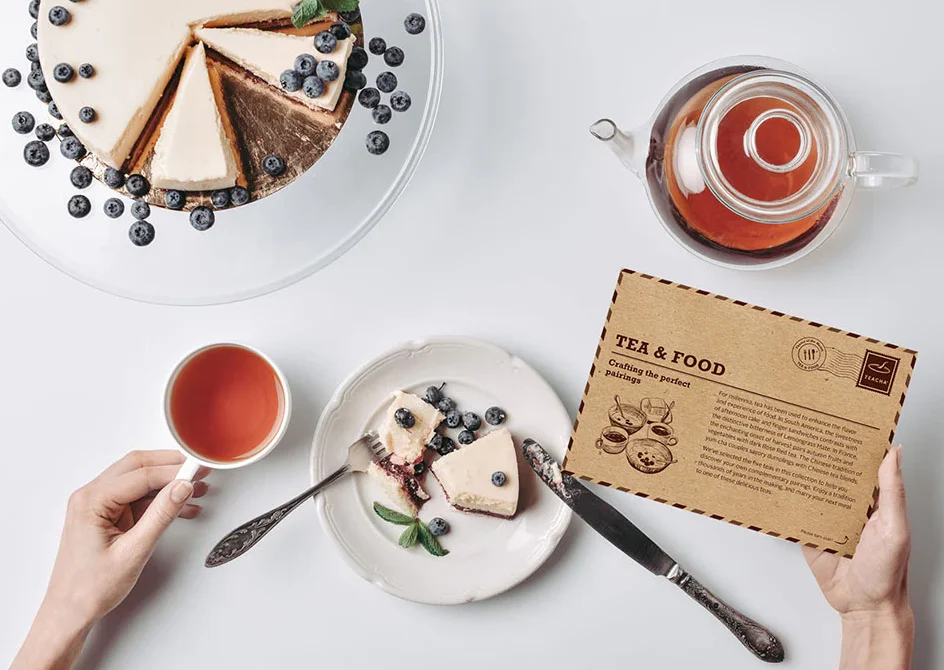
Chinese black teas are remarkably versatile when it comes to pairing with food and complementing various occasions. Their robust and full-bodied flavors make them an excellent accompaniment to hearty dishes, such as braised meats, rich stews, and savory pastries.
However, these teas can also shine in unexpected pairings, such as with dark chocolate or fruit-based desserts, where their natural sweetness and depth of flavor can enhance and complement the flavors of the food.
On a personal note, I find that Chinese black teas are particularly well-suited for moments of quiet contemplation or intimate gatherings with friends and family. Their rich, comforting aromas and flavors have a way of creating a warm and inviting atmosphere, fostering conversation and connection.
Whether you prefer to savor these teas in solitude or share them with loved ones, the act of brewing and serving Chinese black tea is a ritual that transcends mere beverage preparation. It’s a celebration of tradition, craftsmanship, and the enduring human connection to the natural world.
Health Benefits of Chinese Black Tea
As someone who not only appreciates the rich flavors and aromas of Chinese black tea but also values its potential health benefits, I find this aspect of the beverage truly captivating. Beyond its undeniable allure as a gustatory delight, Chinese black tea has long been revered for its potential to promote overall well-being.
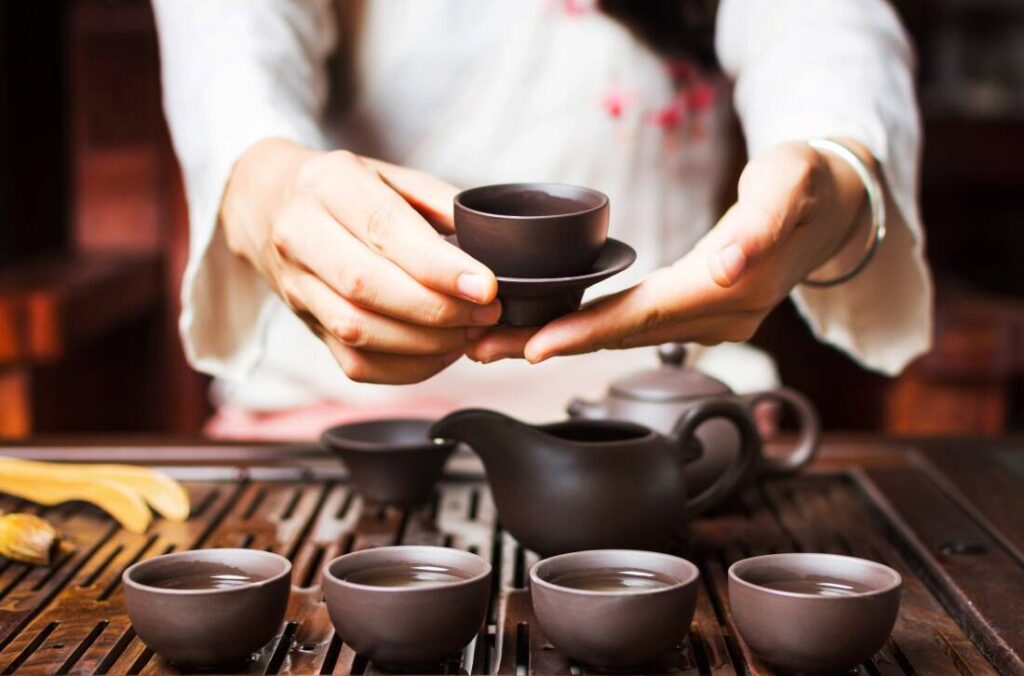
1. Antioxidant Properties
One of the most widely recognized benefits of Chinese black tea lies in its antioxidant properties. These teas are rich in polyphenols, a class of antioxidants that can help neutralize harmful free radicals in the body and protect against oxidative stress. As someone who has delved into the research surrounding these powerful compounds, I am continuously amazed by their potential to support overall health and well-being. The polyphenols found in Chinese black teas, such as theaflavins and thearubigins, have been associated with a range of benefits, including potential anti-inflammatory and anti-aging effects.
2. Potential Benefits for Heart Health
Another area where Chinese black tea shines is in its potential to support cardiovascular health. Studies have suggested that the compounds found in these teas may help lower harmful LDL cholesterol levels and improve overall cholesterol profiles.
Additionally, some research indicates that the antioxidants in black tea may help promote healthy blood pressure levels and improve blood vessel function. As someone who values the importance of heart health, I find these potential benefits particularly compelling.
3. Other Potential Benefits
The potential health benefits of Chinese black tea extend beyond just antioxidant properties and cardiovascular support. Some studies have suggested that these teas may also offer benefits for bone health, cognitive function, and even weight management. For instance, the compounds in black tea may help promote the absorption of calcium and other minerals essential for strong bones. Additionally, the caffeine and l-theanine content in black tea has been associated with improved focus and alertness, making it a potential ally for cognitive performance.
While more research is certainly needed to fully understand the extent of these potential benefits, as an ardent tea enthusiast, I find the prospect of enjoying a delightful beverage that may also contribute to overall well-being truly exciting.
Of course, it’s important to note that moderation is key, and Chinese black tea should be enjoyed as part of a balanced and healthy lifestyle. However, for those who already savor the rich flavors of these teas, it’s comforting to know that they may also offer some additional health-promoting properties.
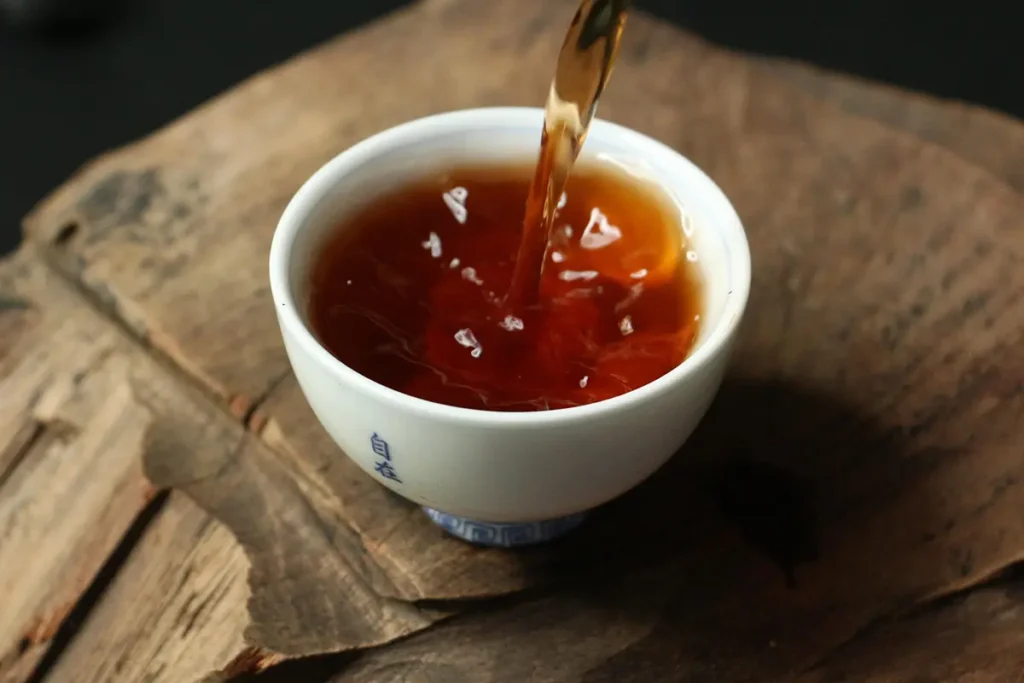
Final Thoughts
As we come to the end of our journey through the captivating world of Chinese black teas, I find myself filled with a profound appreciation for the rich tapestry of flavors, aromas, and traditions that these exceptional beverages encompass. From the legendary Keemun black teas, with their harmonious blend of malty sweetness and subtle floral notes, to the bold and smoky allure of Lapsang Souchong, each variety offers a unique and unforgettable experience. The robust and complex Yunnan black teas, with their notes of dark chocolate and earth, transport us to the lush landscapes of their origin, while the golden-tipped Dianhong captivates with its velvety smoothness.
As someone who has had the privilege of savoring these teas time and time again, I am continuously in awe of the sheer artistry and craftsmanship that goes into their production. Each step, from the careful withering and rolling of the leaves to the precise control of oxidation and drying, is a testament to the dedication and skill of the tea makers who have mastered these ancient techniques. What truly sets Chinese black teas apart, in my opinion, is their ability to evoke a sense of connection – a connection to the rich cultural heritage of China, to the terroir that shapes their unique characteristics, and to the artisans who have devoted their lives to preserving and elevating this centuries-old tradition.
Whether you’re a seasoned tea connoisseur or a curious newcomer, the world of Chinese black teas offers a captivating and rewarding journey. Each sip is an invitation to explore new depths of flavor, to transport your senses to distant tea gardens, and to connect with the enduring legacy of one of the world’s most revered beverages. So, as you embark on your own exploration of these remarkable teas, I encourage you to savor every nuance, to appreciate the artistry behind each cup, and to embrace the rich tapestry of history, culture and tradition that Chinese black teas so beautifully embody. For in these humble leaves lies a world of wonder, waiting to be discovered and cherished.